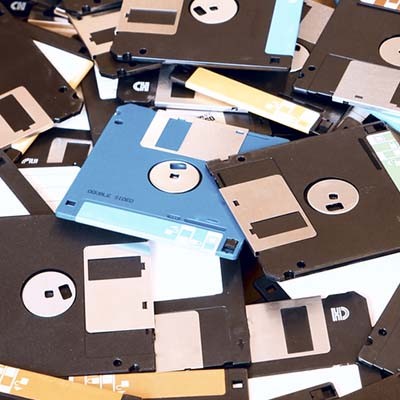
Physical data backup can be a key part of data backup and disaster recovery. Even if you utilize the cloud for your business continuity solution, there can be no discrediting the importance of having physical data backup. A simple physical data backup can be effective under the right circumstances.
Here are some of the most important factors to consider for any physical data backup system that your business uses.
Types of Physical Data Backup
Your business could already be using any number of physical data backup devices. Some of the most common include USB hard drives, solid state drives, thumb drives, and tape-based backups. These all have different uses depending on what their intended purpose is. For example, a thumb drive allows for great ease of portability for certain data. If you’re only taking something on the go, perhaps a thumb drive is ideal. On the other hand, a hard drive or solid-state drive is ideal to store lots of large files, as they generally have a much higher capacity. These are typically designed to be used for portability purposes–not necessarily data backup.
Tape backup is the primary method of on-site physical backup. Essentially, it allows organizations to store copies of data on magnetic tapes and keep them somewhere on or off-site for restoration at a later date. Tape has fallen out of use in recent years, however, as it is simply less convenient than cloud-based business continuity solutions. Yet, this still shows that physical backup was (and still is) considered of major importance.
How to Effectively Use Physical Backup
The important thing to remember about physical backup solutions is that they are no longer the optimal method of data backup and disaster recovery for your organization. This is primarily due to two reasons: 1) Physical devices are difficult to protect and safeguard, as they can be misplaced at any time due to negligence or sabotage, and 2) Physical backups can be destroyed or corrupted in the event of a disaster loss scenario. Therefore, you need to put considerable effort into ensuring that your physical data backup solutions don’t compromise your other methods of business continuity.
In short, your organization’s physical data backup solutions should only be used to augment your digital and cloud-based data backup. You can practice the 3-2-1 data backup rule. You should have at least three copies of your data, two of which should be located in the cloud, and one located on-site in some format.
Does your organization need assistance with data backup and disaster recovery? Catharsis Managed IT Ltd can help. To learn more, reach out to us at (416) 865-3376.
